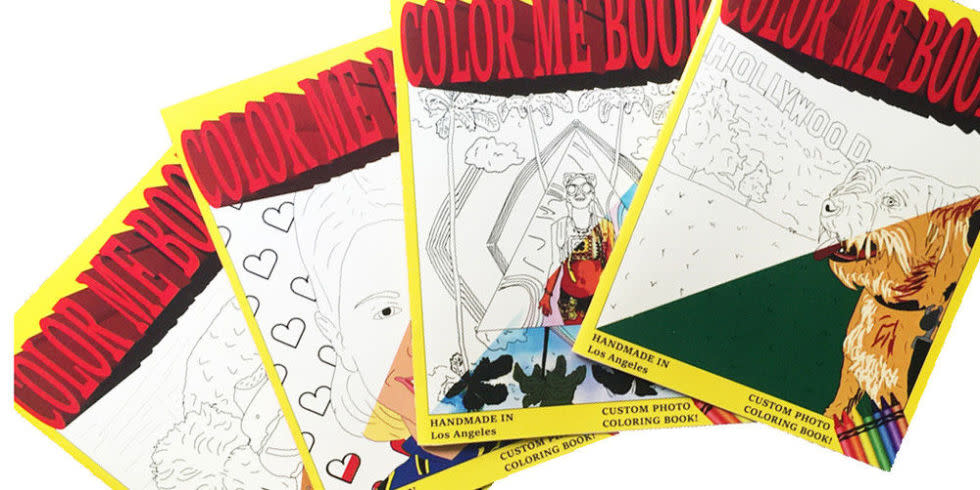Couple loans piece of Washington’s war tent to Philadelphia’s Museum of the American Revolution after finding artifact at Goodwill

PHILADELPHIA– As a collector of artifacts, Richard “Dana” Moore regularly browses Goodwill’s online thrift store, and one day in 2022, the history buff came across an item that piqued his interest.
A post in the Historical Documents section included a picture of a framed object that purported to contain a fragment of George Washington’s tent, along with a written note saying the tent was on display at an exhibition celebrating the 300th anniversary of the founding of Jamestown in the Colony of Virginia.
“I just thought, ‘This can’t be happening.’ So I was a little surprised,” Moore told CNN.
Moore was skeptical about the tender and therefore waited two weeks before submitting a bid.
“There are a lot of fakes out there,” he added. “There’s always something that isn’t real but looks real.”
Moore said he took a closer look at the torn banknote and concluded that it, like the fragment, which was 10 centimeters wide and over 5 centimeters long, had aged over the years.
“I jumped in with both feet. I said, ‘To hell with it.’ I’m going to bid on it,” he said.
Moore told CNN he bid just over $1,700 for the artifact and won. At first he didn’t tell his wife, Susan Bowen, about it and hid it in their house. Now, he said, she agrees he hit the jackpot: The artifact has been confirmed to be a piece of Washington’s dining tent, and Moore estimates its value to be in the tens of thousands of dollars.
The artifact is exhibited in a museum
Moore contacted the Museum of the American Revolution in Philadelphia in February last year. He knew that Washington’s sleeping and working tent was located there.
Matthew Skic, curator of the exhibits, told CNN the museum was excited but first needed to confirm that the fragment was indeed a piece of one of Washington’s war tents. Moore agreed to send the artifact to the museum so a conservator could look at the weave of the fabric.
“What is really fascinating about this particular fragment is that some of the red wool decoration is still visible on its edge. This told us that it was probably cut off from the edge of the roof of the dining tent,” said Skic.
While the museum is still trying to determine what gap the fragment might fill, the binding and hand-stitched linen suggest it is the original, and the note it contained is also appropriate for the time period.
After confirming the authenticity of the fabric, the museum was pleased to display it along with the rest of the planned exhibit surrounding Washington’s sleeping and office war tent.
“This is very entertaining because it comes from an unusual place,” Skic said. “You don’t expect to find such historical treasures in a place like this, although this is not the first historical treasure that has surfaced through Goodwill.”
The fragment, loaned by Moore, was made available to the public in February of this year as part of the museum’s exhibition “Witnessing the Revolution: The Unlikely Journeys of Washington’s Tent.” The fragment will remain at the museum until January 5, 2025, when it will be returned to Moore.
The dining tent to which Moore’s fragment belongs is now kept at the Smithsonian. It is not open to the public.
Symbols of Washington’s leadership
George Washington’s tents, the museum explains, have a history spanning nearly 250 years. Used during the Revolutionary War, the tents were his sleeping quarters and offices where he held meetings, planned strategies and wrote letters.
Over the years, the tents became a symbol of Washington’s leadership and the country’s post-revolutionary founding.
The fragment was probably cut from the dining tent by a man named John Burns, who had seen the tent in Norfolk, Virginia, at the Jamestown founding exposition. The tent itself was on loan from Mary Custis Lee, the great-granddaughter of Washington’s wife Martha.
Lee’s father, George Washington Parke Custis, later owned the Revolutionary War tents and frequently set them up for events. Two hundred years ago, he began cutting pieces of George Washington’s tents as souvenirs.
“George Washington Parke Custis saw the tent as a way to connect people with the past. And perhaps a similar attitude prevailed in 1907 when that part of the dining tent was cut out,” Skic said.
Fragments cut by Parke Custis are known.
But Skic said there was more to be learned from this fragment, particularly about who Burns, the author of the note, might be.
Currently, Moore is the only known private owner of a portion of Washington’s tent. All others are in the Smithsonian and other museums.
Moore said the thought that he bought the fragment makes him shudder at night. For him, it’s not about money or recognition. It’s about “breaking away from British rule and the beginnings of our country.”
“It’s the story behind it. Can you imagine the information and the things that were said in that tent?” Moore asked rhetorically.
Moore and his wife visited the museum earlier this month and said the sight of the artifact welcomed them with open arms.
“I’ve never had such goosebumps in my life,” he said. “We were both overjoyed. We still can’t believe it.”
(The-CNN-Wire & 2024 Cable News Network, Inc., a Time Warner company. All rights reserved.)



